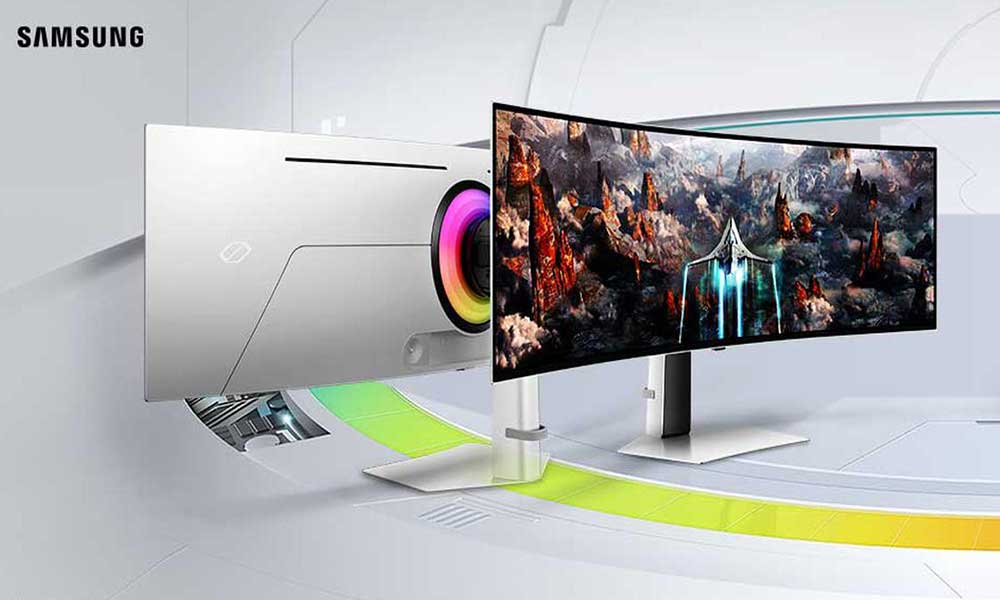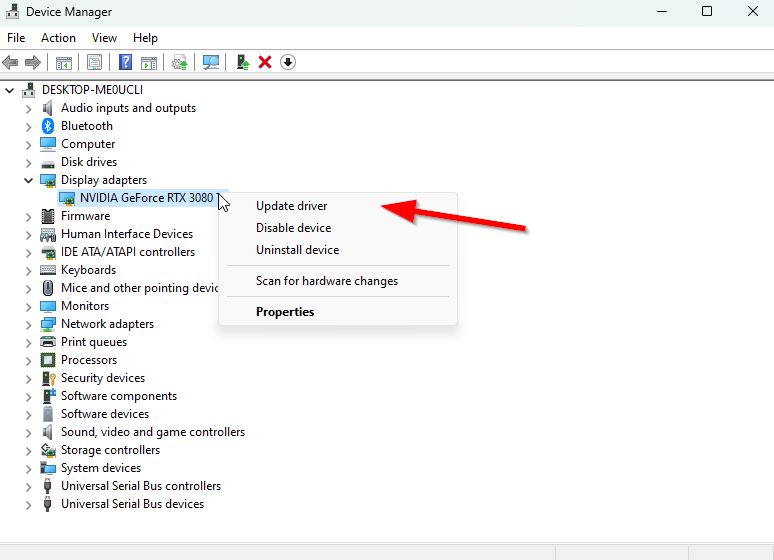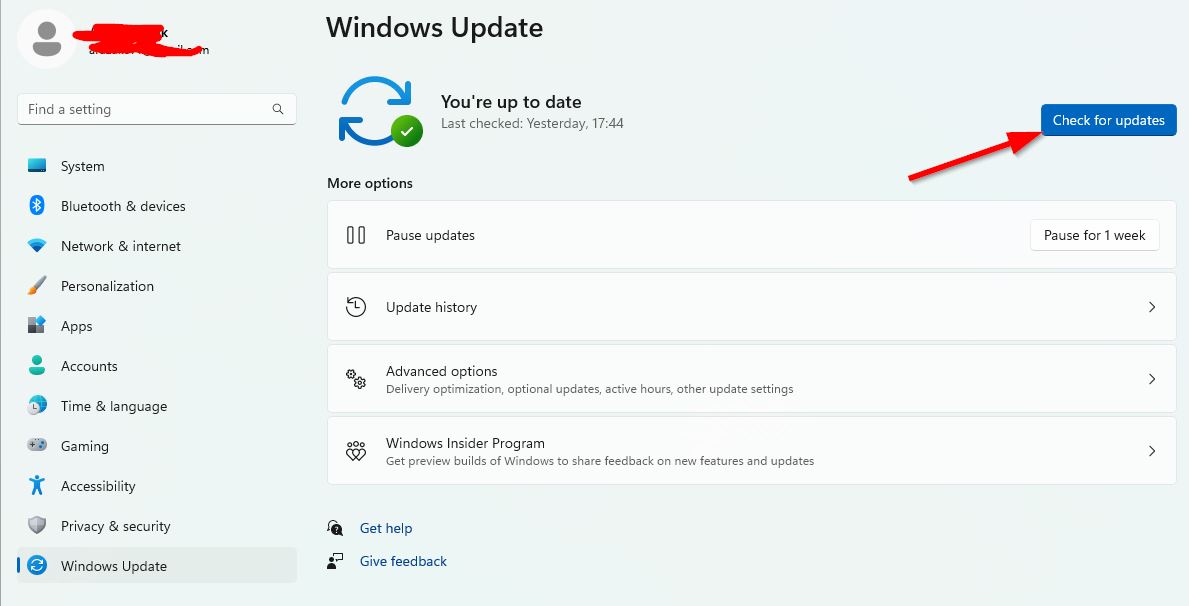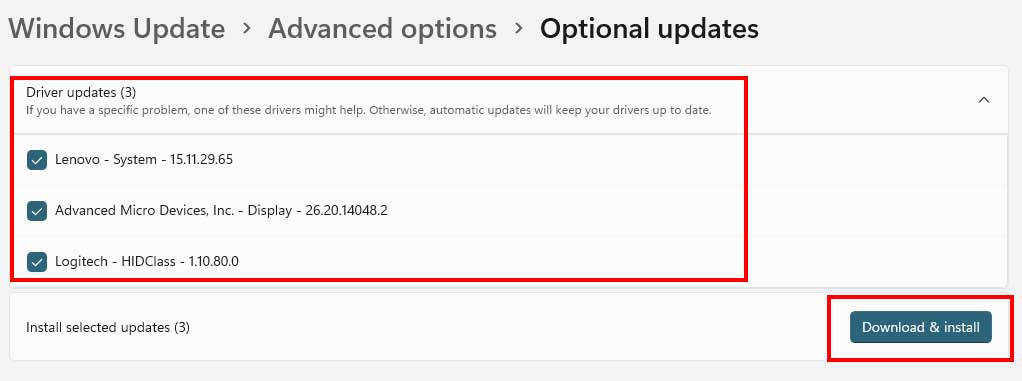Many display monitor brands offer gaming-specific monitor lineups that deliver high-quality display resolution and refresh rate features. Gaming monitors typically have additional software and hardware features that come at a premium price. However, some users have reported a known issue with the Samsung Odyssey monitor not turning on even when the LED is lit.
This issue is commonly known as the black screen problem, where the LED indicator is on, but the screen remains off. If the LED indicator is not lit, check the power switch or the power outlet to ensure that everything is working correctly. Although Samsung recommends this as a basic workaround, it may not work for everyone. If you are also experiencing the Odyssey monitor not turning on, don’t worry.

Page Contents
- Fix Samsung Odyssey Monitor Not Turning On
- 1. Check for the Power Connectivity
- 2. Try Unplugging and Replugging the Power Cord
- 3. Test Your Odyssey Monitor on Another Computer
- 4. Listen for the Beep Sound from the Monitor
- 5. Check for the HDMI Cable Connection
- 6. Use the Correct Display Input
- 7. Avoid Using a Higher Refresh Rate
- 8. Update the Graphics Driver on the PC
- 9. Change the Display Device
- 10. Update Windows
- 11. Update BIOS on the Computer
- 12. Request Service for Your Monitor
Fix Samsung Odyssey Monitor Not Turning On
Fortunately, here we’ve shared with you some potential workarounds that might come in handy. So, before putting your Samsung Odyssey monitor for a replacement or repair, you might need to use the checklist to see if any temporary thing is causing the screen not to turn on issue or not. Make sure to follow all troubleshooting methods until the problem has been fixed. Now, without wasting any more time, let’s jump into it.
1. Check for the Power Connectivity
First of all, you should check for the power connectivity and whether the power source is connected properly or not. It’s recommended to check out the monitor as well as the power source outlet because sometimes issues with the proper cord connectivity.
2. Try Unplugging and Replugging the Power Cord
You can also try disconnecting and plugging back the power cord to the monitor as well as the power source outlet to ensure there is no conflict with the cable.
3. Test Your Odyssey Monitor on Another Computer
Make sure to try connecting your Samsung Odyssey monitor to another computer to ensure there is no issue with the existing monitor. In case, the monitor is working fine on other computers then the chances are high that somehow the existing computer settings or the HDMI connectivity has some issues.
4. Listen for the Beep Sound from the Monitor
Another thing you can do is to keep listening to the beep sound from the monitor after turning it on because a beep sound might indicate that the monitor is turned on but has some issues with the screen or HDMI connectivity. In case, the LED indicator appears and then disappears again that means the power connectivity becomes loose enough.
5. Check for the HDMI Cable Connection
You should try checking out the HDMI cable connectivity with your PC and the Samsung Odyssey monitor because the physical connection can trigger multiple issues. You can also try using another HDMI cable to cross-check the issue.
6. Use the Correct Display Input
Try using the correct display input to the computer as well as the monitor to ensure there is no issue with the input. Sometimes loose connectivity can also trigger monitor not turning on issues.
7. Avoid Using a Higher Refresh Rate
You should also check for the accurate display resolution and scaling on the Windows PC manually to make sure the basic configuration is set up properly. To do so:
- Press the Win+I keys to open Windows Settings.
- Click on System from the left pane.
- Now, click on Display > You can find the Scale option.
- Click on the drop-down menu and select 100% (Recommended).
- Next, choose the correct Display Resolution on the PC.
- Click on Advanced Display > Choose a refresh rate of 60Hz from the drop-down list.
- If prompted, click on Keep Changes to apply it.
- Once done, try reconnecting the HDMI cable to the Odyssey monitor.
8. Update the Graphics Driver on the PC
Due to the outdated graphics driver, your display screen goes off or doesn’t turn on even after powering on. It’s highly recommended to check for the graphics driver update at your end on the computer to ensure there is no update pending. If any latest update is available then make sure to install the update by following the steps below:
- Right-click on the Start Menu to open the Quick Link Menu.
- Click on Device Manager from the list.
- Now, double-click on the Display Adapters.

- Right-click on the dedicated graphics card.
- Select Update driver > Choose Search automatically for drivers.
- If there is an update available, it’ll automatically download and install the latest version.
- Once done, reboot your computer to change the effects.
Alternatively, you can manually download the latest version of the graphics driver and install it directly from the official website respective to your graphics card manufacturer. Nvidia graphics card users can update the GeForce Experience app via the Nvidia official site. Meanwhile, AMD graphics card users can visit the AMD website for the same, and Intel graphics users can also install the latest driver.
9. Change the Display Device
Make sure to change the connected display device manually on the PC settings menu by following the steps below. Mostly the Windows system might not gonna detect external display devices automatically. To do that:
- Press the Win+I keys to open Windows Settings.
- Click on System from the left pane > Click on Display.
- Now, click on Advanced Display > Select the specific display device from the drop-down menu.
- Once done, check for the monitor not turning on issue again.
10. Update Windows
Make sure to check for the Windows updates on your computer because an outdated build can trigger some issues or it may not have the latest features whatsoever. To do that:
- Press the Win+I keys to open Windows Settings.
- Next, click on Update & Security > Select Check for updates under the Windows Update section.

- If there is a feature update available, select Download and Install.
- It may take a while to complete the update.
- Once done, restart your computer to install the update.
It’s also recommended to check for optional updates on Windows because not every update will gonna appear on the Windows update page. The optional updates option can offer additional driver or software updates for your specific PC build. You can follow the steps below to check the same:
- Open the Start menu > Go to Windows Settings.
- Click on Windows Update > Click on Advanced Options.
- Head over to Optional Updates (under Additional Options).
- Click on Driver updates to expand the list.

- If there is an update available for any drivers or applications, just select them.
- Click on Download & Install > Wait for the update process to be completed.
- Once done, reboot your PC to apply changes.
11. Update BIOS on the Computer
Make sure to manually update the BIOS on your computer depending on which motherboard you’re using. Try to follow the user manual or contact the specific manufacturer of the motherboard support to get better guidance on updating the BIOS to the latest available version.
- You can try rebooting the computer and keep pressing the F10/Del/F2 key repeatedly.
- Once the BIOS screen opens, you should update respectively.
12. Request Service for Your Monitor
If your Samsung Odyssey monitor still will not turn on, make sure to visit the Samsung Support Center to request the monitor service or get a replacement (if it’s under warranty).
That’s it, guys. We assume this guide was helpful to you. For further queries, you can comment below.
